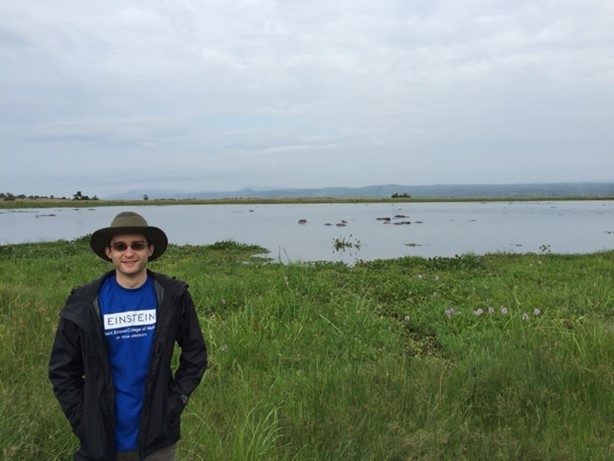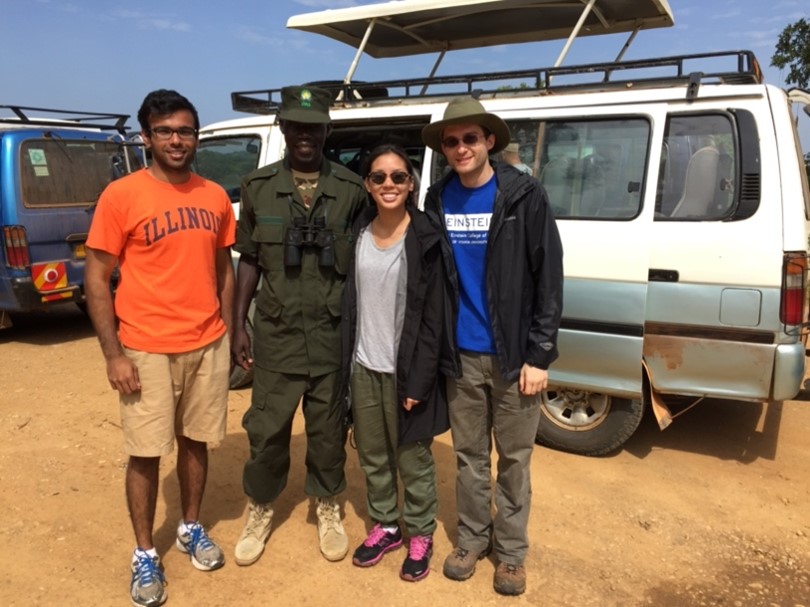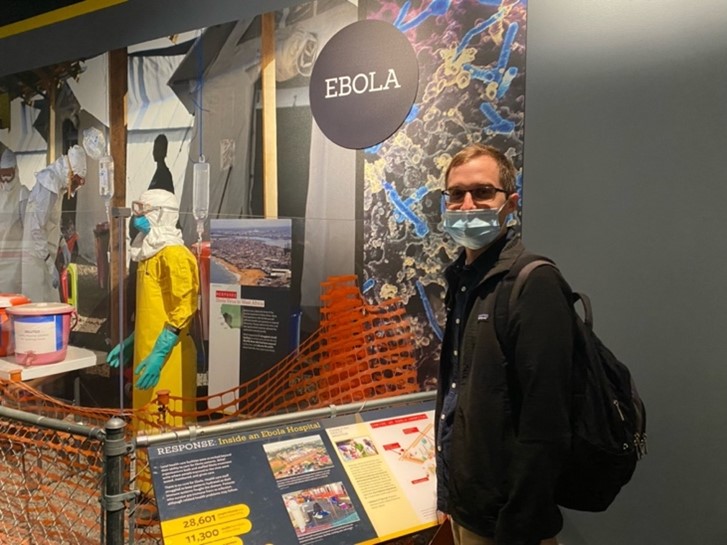At a diabetes clinic belonging to the Soroti Regional Referral Hospital in Northeastern Uganda, I had the privilege of contributing to the improvement of patient care by standardizing the intake forms that contain patient information gathered at each visit (height, weight, waist circumference, blood pressure, fasting blood glucose, and the like).

Better Records for Better Care
The idea behind the forms was to have all of the most important patient information in a single place, in a simple-to-read format that the doctors could rely upon. Previously, the doctors had to flip through booklets full of handwritten notes. Important values could be lost among the scribbles of medical histories and chief complaints. It was also difficult to get a sense of the time that had elapsed between tests and treatments.
Information: When Less Is More
We presented the forms to the faculty and interns for their input. However, once they were given to the staff, the forms got off to a rocky start. Nurses did not always fill out each of the categories and I had to send patients back to get their height and weight taken. I often ended up taking their pulses and calculating their body-mass index results myself. Other staff members were experiencing the same difficulties.
Clearly, the forms needed adjusting. The system would work well only if everyone filled out the charts completely and consistently. Some doctors complained about how long it took to fill out the forms. Without an electronic medical records system in place, it was difficult to show them the importance of standardization. With these complaints in mind, we updated the forms to minimize the amount of repetitive writing the doctors had to do and we edited the forms to include only the most common lab tests and medications.
The Power of Patient Data
The changes seemed to work. There was less complaining and the forms were being used by the staff regularly. I even witnessed the benefit of the forms firsthand. In our third week at the clinic, a young woman came into the room and walked straight over to me. The patient gave me her papers, and I recognized her from a previous visit.

I glanced at her chart and saw that she had in fact been there the previous week. Looking at the papers reminded me of my alarm over her high levels of fasting blood glucose. At the time, the glucometer showed “HI,” which meant the sugar level was beyond what the instrument could measure. Her HbA1c was also >14%, indicating that she had had uncontrolled blood-sugar levels for the past three months. However, the forms made it simple for me to see the difference in sugar levels between the previous week and the current week.
Good news! Her fasting blood sugar was just where we wanted it. I looked back at the young woman and she was beaming at me. I told her, “Your sugar levels are great. What changed since I last saw you?” She replied that she had followed the diet I told her about and had taken her medication as prescribed. I felt so proud of her. She had realized how important it was for her to eat properly and take her medications after I made it clear how dangerous it was to have such high sugar levels. The forms allowed me to show her where she was in her treatment and where she needed to be in her struggle against diabetes.
She then took her health into her own hands and came back with positive results. I made sure to express how well her changes had worked and indicated that she needed to continue in order to get long-term benefits.
So with a combination of the new intake forms and patient education, there is now an opportunity for patient visits to this clinic to become more efficient. Most important, patients can better influence their own health as they're shown their progress through time.

An Ongoing Journey of Continued Growth and Reflection
After my experiences at the diabetes clinic in Soroti, Uganda, I returned to the United States with a newfound passion for epidemiology. While evaluating the prevalence of diabetes in Uganda, I realized that the epidemiologic skills I was learning were applicable to other fields, especially infectious diseases, my field of interest. My time in Uganda as part of the Global Diabetes Institute had such a profound effect on my personal and professional development that two years later I returned as part of an Einstein-led program meant to further our clinical skills. I worked with Montefiore physicians who were taking care of patients in Kisoro, a small rural town in southwestern Uganda.
I drew from my experiences with the Global Diabetes Institute by ensuring the Ugandan patients understood their health trends and were active participants in their care.
At that time, I also confirmed my passion for infectious disease and upon my return to the US I participated in a fellowship at the Centers for Disease Control and Prevention. Shortly after, I began my internal medicine residency at the University of Chicago. During residency, I had the opportunity to be further involved in epidemiologic work by assisting the Chicago Department of Public Health with the response to the Covid-19 pandemic. After this, I transitioned to an infectious diseases fellowship at Johns Hopkins University and recently completed formal training in epidemiology and biostatics through a Masters program at the University. My current research involves the molecular epidemiology of gram-negative bacterial resistance and after an inspirational time in Uganda while in medical school, I hope to continue international work studying the epidemiology of bacterial resistance in countries most affected by it. This cascade of events all began while working with Ugandan patients and seeing the power of data trends to inform patient care and public health policy. I hope to continue to nourish the passion I developed as part of the Global Diabetes Institute as I finish my infectious diseases fellowship and transition to an independent clinician researcher.